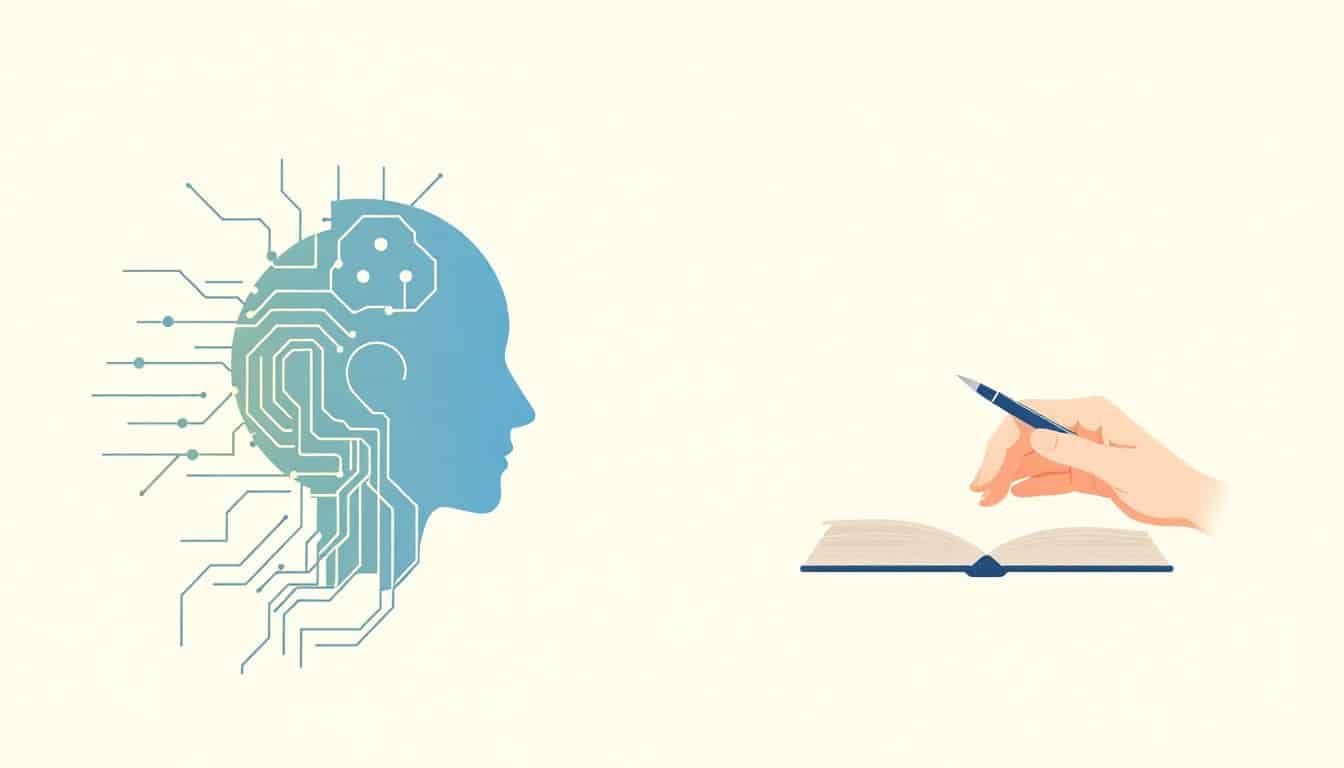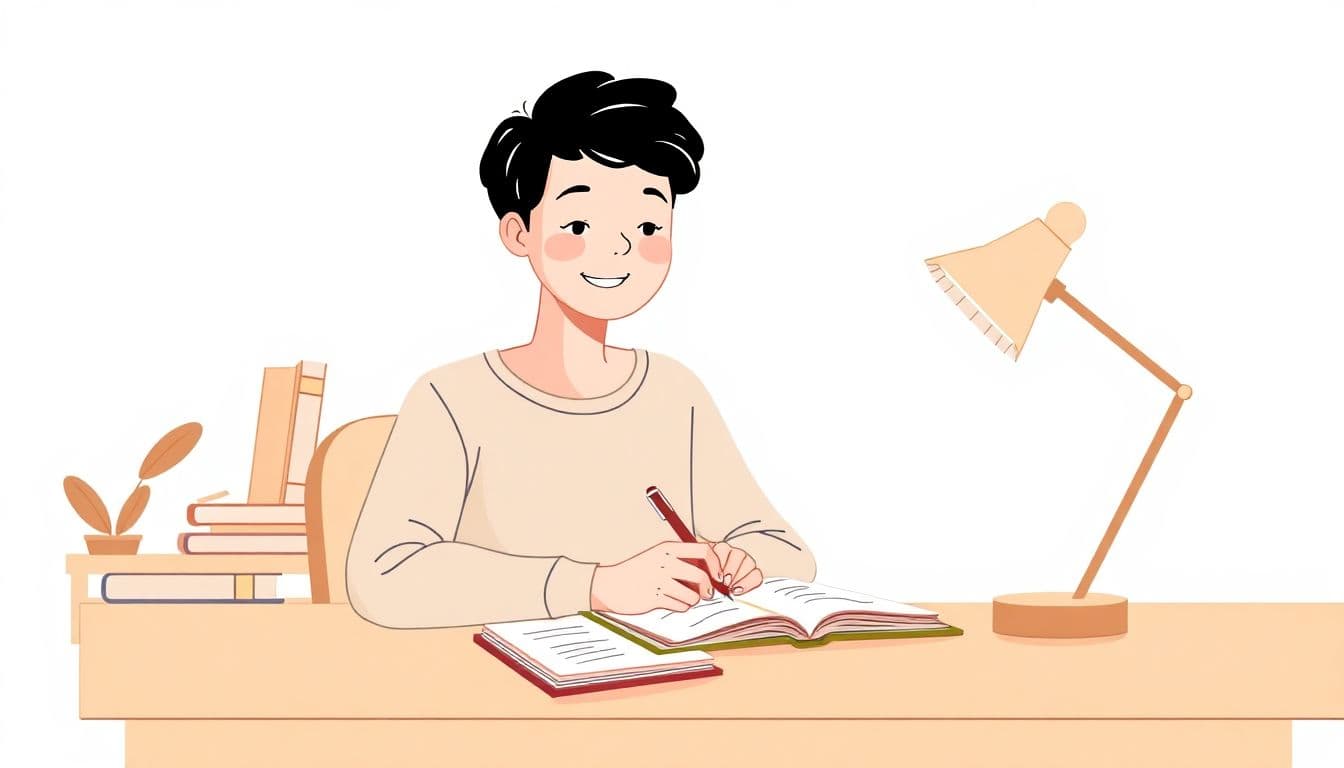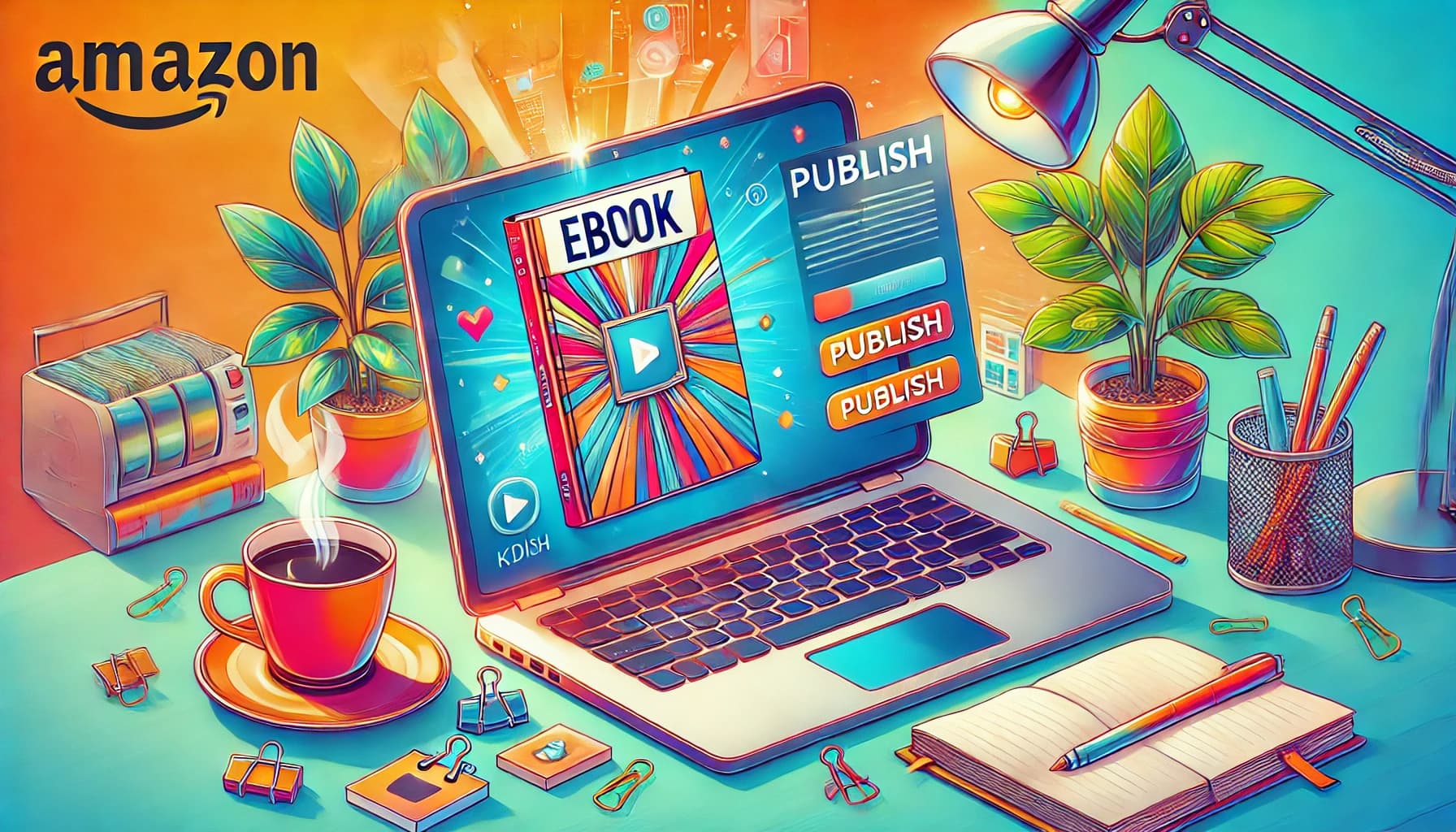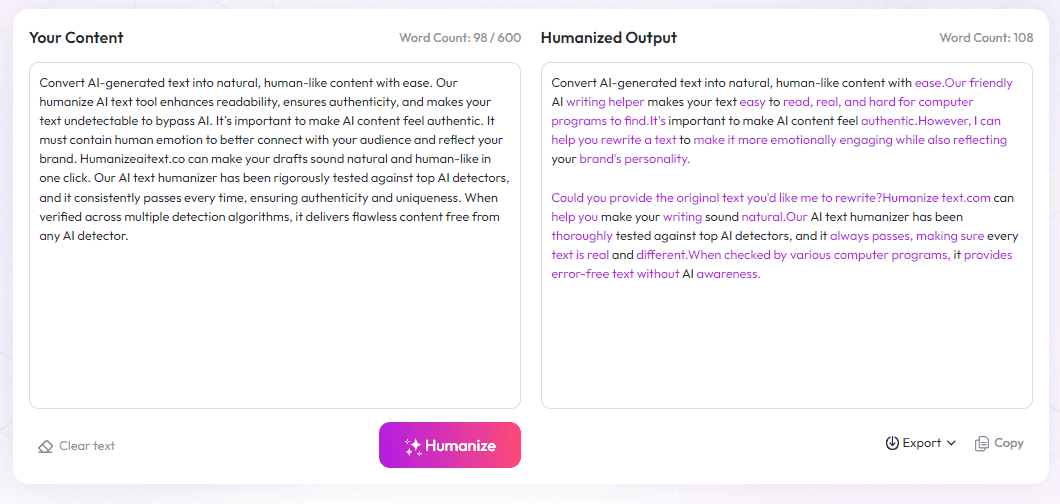Table of Contents
If you're trying to figure out whether AI or human designers will get your book cover just right in 2025, you're not alone. It can feel overwhelming to choose between quick, affordable AI options and the personal touch of a human artist. Keep reading, and you might find the info you need to make the best choice for your book’s look and appeal.
Stick with me, and I’ll walk you through the strengths and weaknesses of both, showing how they compare on creativity, cost, speed, and more. By the end, you’ll have a clearer idea of which design route fits your goals and budget for the upcoming year.
Key Takeaways
Key Takeaways
- AI book cover tools can generate designs quickly and cheaply, making them good for authors on a tight budget or with quick deadlines. They produce multiple options in minutes and are easy to access with low costs.
- Human designers excel at creating unique, emotionally resonant covers. They can offer personalized revisions and capture subtle nuances that AI might miss, resulting in a more distinctive design.
- AI-generated covers can look generic and lack originality, often relying on trending styles. Human artists bring more creativity and originality to their work, making a cover stand out more.
- Using AI raises legal questions about ownership and copyright because it sources images from existing data, while human designers typically provide clear rights to their original artwork.
- A combination of AI and human input can give the best results—using AI to generate ideas and human designers to refine and personalize. This hybrid approach saves time and money while ensuring quality.
- Choose the approach based on your goals: AI suits quick, low-cost covers, while human designers are best for original, high-impact visuals. Consider your budget, timeline, and how much your cover needs to stand out.
- Decide your priorities first—speed, cost, or creativity—and select your method accordingly. Trying AI first can help generate ideas, then hiring a designer can bring your vision to life.

When it comes to designing a book cover in 2025, many are asking whether AI or human designers produce better results. The answer depends on what you value most: speed, cost, creativity, or personalization.
AI-driven cover creation has gained significant traction in recent years. Modern AI tools like Midjourney, Canva AI, and Adobe Firefly can generate high-quality cover mockups in minutes. According to a 2024 (https://automateed.com/how-to-get-a-book-published-without-an-agent/), around 60% of publishers now incorporate AI in some aspect of book production, with 35% using it specifically for cover art. This shift highlights how AI has made cover design faster and more scalable—imagine dozens of designs ready for review almost instantly, saving days or even weeks compared to traditional methods.
Furthermore, the cost difference is a major factor. AI tools can produce professional-looking covers at a fraction of what human designers charge. Self-published authors, in particular, have embraced this change—70% reported using AI-based design tools in 2023, up from only 45% in 2020 (https://automateed.com/winter-writing-prompts/). Many AI platforms offer free or inexpensive plans, making high-quality covers accessible to authors working on tight budgets.
But while AI shines in speed and saving money, questions about quality and creativity remain. AI-generated covers can sometimes look generic, with overused aesthetics or typography issues. These issues are especially noticeable if you want a truly unique or deeply personalized design. AI tends to analyze data from bestsellers and trending visuals, meaning it often produces covers that are safe bets but lack a truly distinctive touch.
On the other hand, human designers excel at capturing nuance, emotion, and the subtleties of an author's vision. They bring artistic intuition and can craft a cover that resonates on a deeper level. Many professional illustrators and designers work collaboratively, sometimes using AI tools to enhance their creative process, which can further elevate a cover’s impact.
Another point to consider is the legal side. Copyright and ownership concerns with AI-generated images are still evolving, prompting many to question who owns AI-created artwork. Human designers, working with original art, can navigate these legal waters more confidently since they control and understand the creative process completely.
In summary, AI can now produce good enough covers in a fraction of the time and cost, making it ideal for indie authors and those on a strict budget. However, for authors seeking a deeply personalized, original design that truly stands out, human designers still hold an edge when it comes to creativity and emotional depth. Want to experiment with AI-based cover creation? Explore (https://automateed.com/ai-tools-for-artists/) to see how they can complement your creative process.

5. Customization and Revisions: What to Expect from AI and Human Cover Designers
When it comes to making changes, AI-designed covers tend to be quick but limited in scope.
They often require restarting the generation process if you want a significant tweak, which can be frustrating.
On the other hand, human designers excel at implementing revisions based on your feedback.
They can interpret your suggestions and make nuanced adjustments that align perfectly with your vision.
If you're working on a tight deadline, AI might be tempting for fast tweaks, but for truly personalized revisions, a human touch can save you headaches.
Choosing a designer who offers multiple revision rounds and clear communication can make all the difference.
Some AI platforms now allow easy tweak features, but they still can't match the flexibility of a skilled human artist.
6. Legal and Ethical Issues to Consider with AI and Human Cover Art
Using AI for cover design raises questions about ownership and copyright.
Many AI tools generate images based on existing datasets, which can lead to legal gray areas about who owns the final product.
This uncertainty can be risky if you plan to sell your book widely or want full rights to the art.
Human designers, especially when creating original artwork, typically provide clear agreements on rights and usage.
It's smart to read the terms of service of any AI platform you use and consider consulting a legal expert for big projects.
Moreover, ethical concerns around AI creating art using existing artists' work without attribution are growing.
Authenticating your cover for authenticity and avoiding copyright infringement should be a priority regardless of your choice.
7. Using a Hybrid Approach: Combining the Strengths of AI and Human Designers
The best results often come from mixing AI tools with human creativity.
Authors and publishers can generate dozens of initial concepts quickly with AI, then select the best ideas to refine with a human designer.
This combo allows for a cost-effective process that boosts creativity and personalization.
Some artists now collaborate with AI platforms like Midjourney or Canva AI to kickstart their designs before adding artistic touches.
Try experimenting by generating a few mockups yourself—then handpick elements or entire designs to send to a designer for polishing.
Using AI as your creative partner reduces overall turnaround time and often lowers costs, too.
Platforms like Fiverr or 99designs also offer options to hire human designers experienced with AI-assisted workflows.
8. Which Option Is Right for Your Book Cover Needs in 2025?
If you have a tight budget and need a cover fast, AI might be the way to go.
AI tools can get you multiple options within minutes at a fraction of the cost of a professional designer.
However, if your book relies heavily on branding, emotional impact, or stands out in a crowded market, a human designer’s customized approach may be better.
Consider how much time you can dedicate to revisions and whether your subject matter benefits from artistic nuance.
For indie authors or those new to publishing, experimenting with AI first can help you create a functional cover without breaking the bank.
Meanwhile, authors aiming for a memorable, high-end look will find value in investing in a skilled human designer, potentially with collaborative AI tools.
Reflect on your goals, budget, and timeline to choose what fits best.
9. Final Advice: Choosing Between AI and Human Book Cover Designers
Think about what matters most: speed, cost, or creativity.
Don't assume one is always better—sometimes combining both offers the best of both worlds.
Start with a clear idea of your target audience and how your cover needs to fit within that niche.
Ask for samples or portfolios, whether you're going the AI route or hiring a human.
Experiment with free AI tools to generate ideas, then decide if you want to go the professional route for top-notch quality.
Remember, a good cover can make or break a sale, so invest wisely based on your priorities.
And don’t be afraid to ask for feedback from other authors or your target readers before finalizing your choice.
FAQs
Both AI and human designers can produce appealing covers. AI offers quick results and cost savings, while humans provide unique creativity. The best choice depends on your priorities like speed, budget, and desired originality.
Human designers bring personal style and fresh ideas, often resulting in more distinctive covers. AI generates designs based on existing data, which can limit originality but speeds up the creative process.
Humans usually ensure high print quality through expertise, while AI tools can automate technical details. Combining both approaches can help meet printing standards effectively.
Consider your budget, timeframe, the level of originality needed, and how much control you want over the final design. These factors help determine whether AI or human designers suit your project best.



